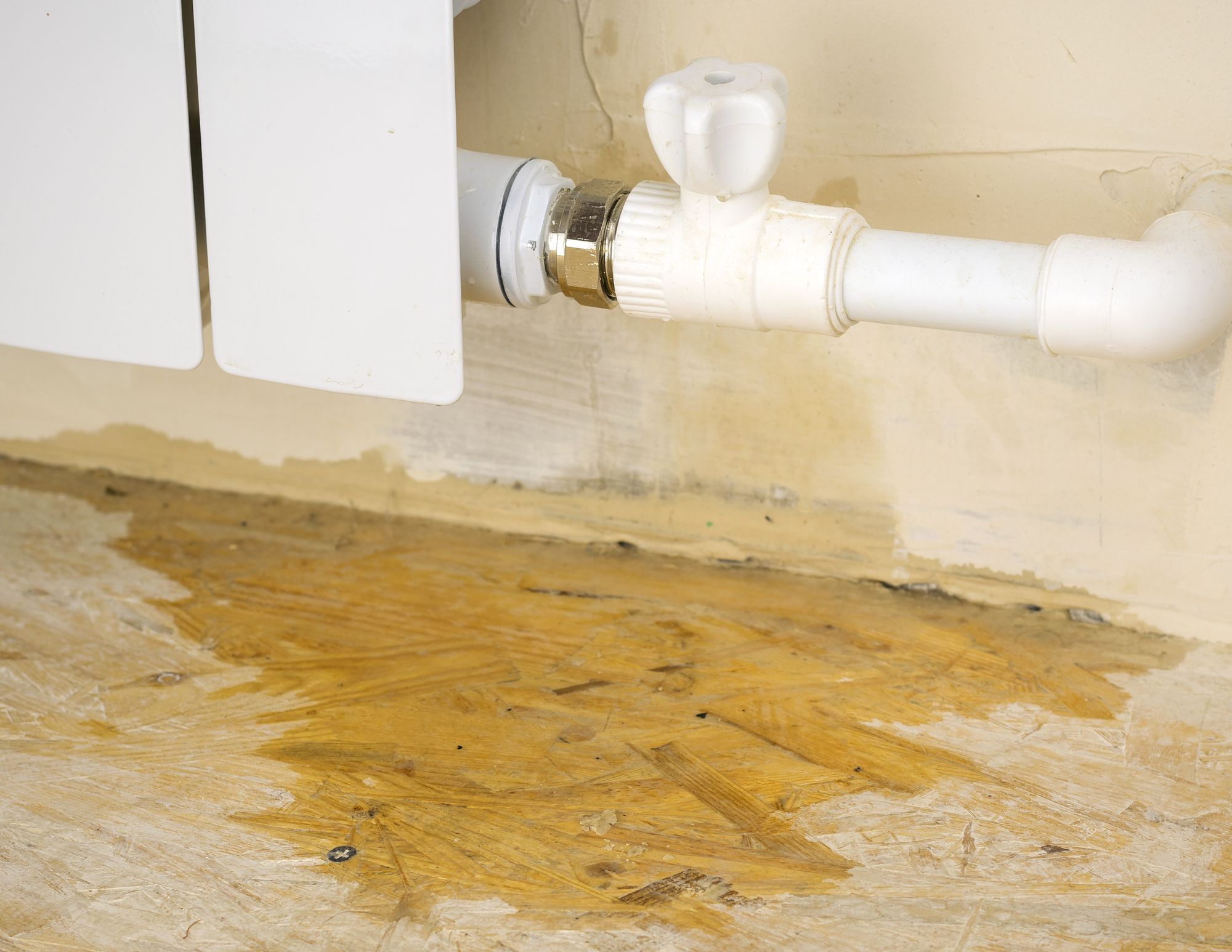The Home's Common Common Factors of Leakage: In-Depth Analysis
The Home's Common Common Factors of Leakage: In-Depth Analysis
Blog Article
How do you feel about Most Common Causes of Leaky Pipes?

Leakages not only cause waste of water but can also cause unnecessary damages to your residence as well as promote unwanted natural development. Sadly, water leaks could go unnoticed given that the majority of the pipework in our residence is concealed. By looking and also comprehending for day-to-day scenarios that cause leakages, you can safeguard your residence from future leakages as well as unneeded damages. Today, we will certainly look at 6 leakage triggers that might be creating your pipes to drip.
Encroaching roots
Many water leaks start outside your house instead of inside it. If you discover an abrupt reduction in water stress, claim in your tap, require time to head out and examine your lawn. You could notice damp spots or sinkholes in your lawn, and that may suggest that tree roots are invading water lines triggering water to leak out. You can have your plumber look for invasion, particularly if you have trees or hedges near your home.
Rusty water supply
As time passes by, your plumbing system ages and also deterioration such as rust may start gnawing the pipes. This could be the source of discoloration or warping on your pipes. This asks for an evaluation with your plumber right away. If our plumbing system is old, take into consideration replacing the pipes considering that they go to a higher threat of rust than the newer designs.
Faulty Pipe Joints
The point at which your pipelines link is often the weakest web link in the waterline. Pipeline joints can degrade gradually, causing water leakages. The majority of pipeline joints are not conveniently visible. If you have noisy pipelines that make ticking or banging noises, particularly when the warm water is turned on, your pipeline joints are probably under a great deal of pressure. It is a good idea to have your plumber examine your system once a year.
Instantaneous temperature level modifications.
Extreme temperature level modifications in our pipelines can create them to increase as well as contract unexpectedly. This growth and contraction may create fractures in the pipelines, particularly if the temperature level are listed below freezing.
Poor Water Connectors
At times, a leak can be created by loose pipes and pipes that supply your devices. In situation of a water links leakage, you may observe water running straight from the supply line or puddles around your appliances.
Blocked Drains
Obstructed drains could be bothersome and also inconveniencing, yet they can often end up causing an overflow causing burst pipelines. Keep getting rid of any kind of products that may decrease your drains that might clog them to stay clear of such aggravations.
All the above are causes of leaks yet not all water leaks arise from plumbing leakages; some leaks may originate from roof covering leaks. All leakages must be repaired right away to stay clear of water damage.
Leakages not just create waste of water but can likewise cause unneeded damages to your home as well as promote unwanted organic development. By looking as well as recognizing for daily circumstances that cause leakages, you can secure your house from future leakages and also unneeded damage. Today, we will look at 6 leakage creates that may be triggering your pipes to drip.
At times, a leakage can be created by loosened tubes as well as pipes that supply your appliances. In case of a water connections leak, you may see water running straight from the supply line or puddles around your home appliances.
How To Check For Water Leak In Your Home
How To Check for Leaks
The average household's leaks can account for nearly 10,000 gallons of water wasted every year and ten percent of homes have leaks that waste 90 gallons or more per day. Common types of leaks found in the home are worn toilet flappers, dripping faucets, and other leaking valves. These types of leaks are often easy to fix, requiring only a few tools and hardware that can pay for themselves in water savings. Fixing easily corrected household water leaks can save homeowners about 10 percent on their water bills.
To check for leaks in your home, you first need to determine whether you're wasting water and then identify the source of the leak. Here are some tips for finding leaks:
Take a look at your water usage during a colder month, such as January or February. If a family of four exceeds 12,000 gallons per month, there are serious leaks.
Check your water meter before and after a two-hour period when no water is being used. If the meter changes at all, you probably have a leak.
Identify toilet leaks by placing a drop of food coloring in the toilet tank. If any color shows up in the bowl after 10 minutes, you have a leak. (Be sure to flush immediately after the experiment to avoid staining the tank.)
Examine faucet gaskets and pipe fittings for any water on the outside of the pipe to check for surface leaks.
Undetected water leaks can happen without the home or business owner even realizing. If you suspect a water leak, but not able to find the source. It is time to contact a professional water leak detection service, The Leak Doctor.
How To Find a Water Leak In Your Home
https://www.leakdoctor.com/blog/How-To-Check-For-Water-Leak-In-Your-Home_AE197.html

Hopefully you enjoyed our post on How to detect water leaks in your home. Thanks for taking the time to browse our short article. Do you know somebody else who is excited about the subject? Feel free to promote it. Thanks for your time. Please check our blog back soon.
Quick fix? We're here. Report this page